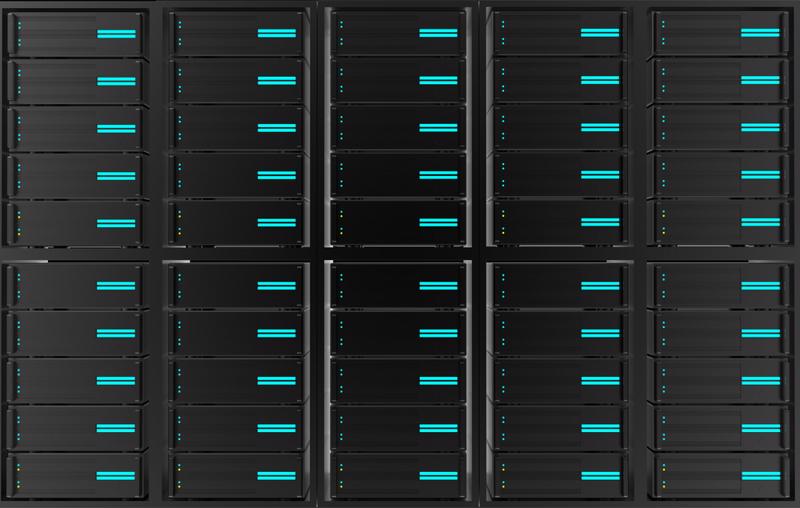The evolution of high-density racks and how to ensure power availability
The evolution of high-density racks and how to ensure power availability

With more data comes more data centers, and with more data centers comes greater annual power consumption.
According to the Natural Resource Defense Council, American data centers will consume an estimated average of 140 billion kilowatt-hours every year by 2020. This is up from 91 billion kilowatt-hours of electricity in 2013.
In response to this impending rise in energy consumption, many organizations are exploring ways in which they can power their facilities with greater efficiency. The result is the need to restructure power infrastructure in such a way that electricity availability is all but guaranteed, and that it maintains balance across high-density racks in the data center.
Fighting power inefficiencies
Many data centers have sought to enhance their power infrastructure by switching to three-phase power. According to TechTarget contributor Robert McFarlane, the main benefit of this power configuration transition is that electricity can be supplied to a higher number of devices, but with fewer wires.
"Most data centers therefore have three-phase power somewhere in the facility, whether just at the power infrastructure or running to the cabinets of IT equipment," McFarlane wrote. "Three-phase power configurations, with expert phase balancing, are the key to maximum efficiency in the data center and avoiding unnecessary shutdowns."
The latter part about avoiding unnecessary shutdowns is particularly important given that downtime is notoriously expensive. More importantly, greater power densities in data centers can be problematic since it requires what McFarlane refers to as "expert phase balancing." This not only demands expertise from facility operators, it also requires power distribution equipment that is capable of handling these larger, more dense loads.

Organization is essential
The Association for Computer Operations Management (AFCOM) defines high-density racks as those running 8 kW to 15 kW. Any higher than 15 kW is considered "extreme." Running this much power through a rack can be risky for a number of reasons such as increased heat output. But the biggest risk associated with high-density racks is the threat of a circuit overload that can lead to downtime. This is because consolidating more equipment into a smaller area (while efficient in terms of usage of available space) increases the chances of overloading circuitry.
"Transitioning to three-phase power is a start, but it's half the battle."
This is especially true as equipment is added to racks, which is an important part of business scalability – as businesses grow, they may need to push their data center capacity to the limit, and doing this requires impeccable power distribution. Overloading a power distribution unit (PDU), either at the phase level or at the receptacles, can send too much electricity to one or more racks. This can result in the activation of breakers that need to be manually reset, which means downtime, overheating of equipment, shorter life of electronics and other faults that can raise operational expenses.
It's therefore essential that organizations, and in particular cloud providers that market themselves on the basis of "scalability," streamline power distribution as they shift to high-density racks. Transitioning to three-phase power is a start, but it's only half the battle. The other half entails using PDUs that mitigate the risks of unbalanced loads in high-density racks and cabinets.
Geist PDUs, for instance, use color-coding as a way to stay on top of power distribution at the supply-feed level. At the sub-circuit level, locking, color-coded receptacles make it easy to approximate power density at a glance. This significantly mitigates risks associated with greater power densities in the data center. It helps to ensure that facility-wide power consumption is within a range that power infrastructure can handle, and that upon zooming into individual PDUs, the actual rack-based equipment is getting just the right amount of energy delivered from the supply feed. The end result is guaranteed power availability, greater potential for energy efficiency and the lowered risks of costly downtime.



